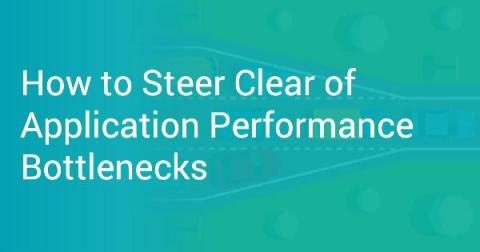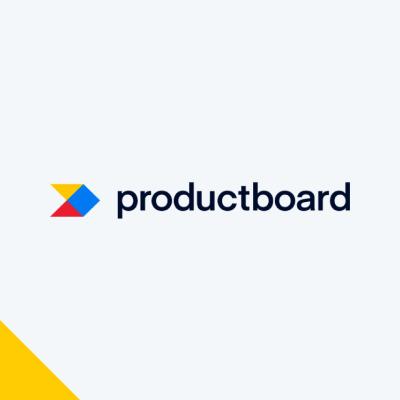Implementing Zero-Trust Service Mesh Security
Imagine you’re going through immigration at the airport. The immigration officer says, “I don’t need your passport because I trust that you are who you claim to be.” Wait, what? That would never happen, right? That’s because trust is exploitable. Sooner or later, somebody will try to lie about who they are, and thus a criminal could enter the country. That’s why countries must enforce some form of identity, like a passport, to certify travelers are who they claim.










